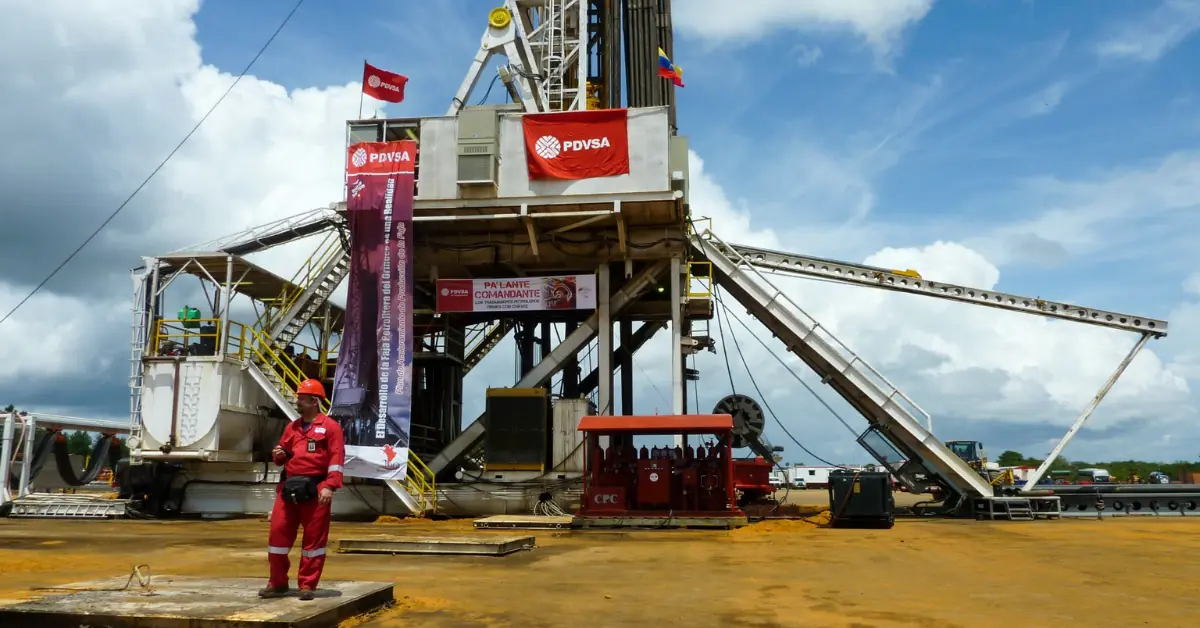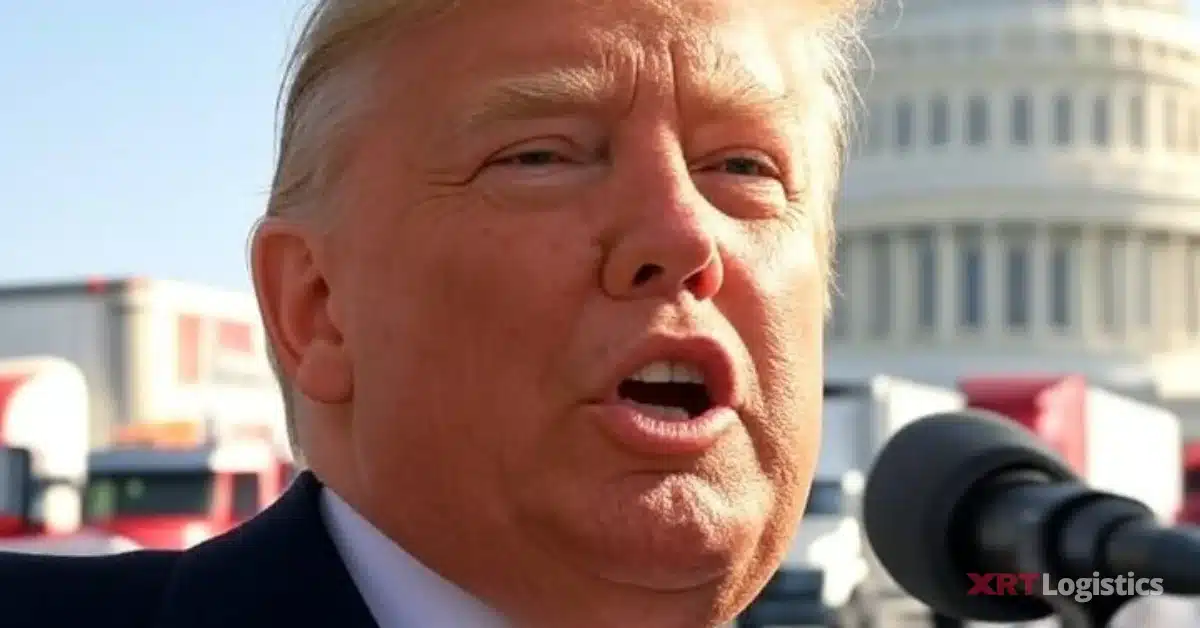Chevron and Venezuela: Inside the Oil Partnership Amid Sanctions
Table of Contents
The evolving relationship between Chevron and Venezuela’s state-owned oil company, PDVSA, has been a focal point in the global energy sector, marked by strategic collaborations, geopolitical tensions, and economic implications. This article delves into the intricacies of their partnership, examining its historical context, recent developments, and future prospects.
Introduction
Chevron Corporation, a leading U.S.-based multinational energy company, has maintained a longstanding presence in Venezuela’s oil industry. Through joint ventures with PDVSA, Chevron has played a pivotal role in tapping into Venezuela’s vast oil reserves, particularly in the Orinoco Belt. The dynamics of this partnership have been influenced by a myriad of factors, including U.S. sanctions, Venezuelan economic policies, and global oil market fluctuations.
Historical Context of Chevron-PDVSA Collaboration
The collaboration between Chevron and PDVSA dates back several decades, characterized by joint ventures aimed at exploring and producing oil in Venezuela’s rich hydrocarbon regions. Notably, the Petroindependencia joint venture was established to develop heavy crude oil projects in the Orinoco Belt, with Chevron holding a significant stake alongside PDVSA. This partnership was instrumental in leveraging Chevron’s technical expertise and PDVSA’s local experience to enhance oil production capacities.
Recent Developments in the Partnership
A. Extension of Joint Venture Agreements
In mid-2024, Venezuela’s National Assembly approved the extension of the Petroindependencia joint venture’s operational period until 2050. This 15-year extension reflects both parties’ commitment to sustaining their collaborative efforts in the country’s oil sector. The extension aims to facilitate long-term planning and investment, ensuring the continued development of oil projects in the region.
B. Resumption of Drilling Activities
By early 2024, Chevron resumed drilling operations in key Venezuelan oil fields, marking a significant step toward revitalizing the country’s oil production. The plan includes drilling up to 30 new wells by 2025, with the objective of increasing output by approximately 35%. These efforts are concentrated in the Orinoco Belt, known for its substantial heavy crude reserves.
C. Impact of U.S. Sanctions and Policy Shifts
The U.S. government’s stance on Venezuela has profoundly impacted Chevron’s operations. In February 2025, the Trump administration revoked Chevron’s license to operate in Venezuela, effectively halting its ability to export Venezuelan crude to the United States. This decision was part of broader sanctions aimed at exerting pressure on President Nicolás Maduro’s regime. Subsequently, in March 2025, the U.S. extended Chevron’s deadline to wind down operations until May 27, providing a brief window for the company to manage its assets and obligations.

Economic and Operational Implications
A. Contribution to Venezuela’s Oil Production
Chevron’s involvement has been integral to Venezuela’s oil output. At its peak, the company’s operations accounted for approximately 23% of the nation’s total production, underscoring its significance in the energy sector. The cessation of Chevron’s activities poses challenges to maintaining production levels and meeting export commitments.
B. Financial Impact on Chevron
The revocation of operational licenses and the imposition of sanctions have financial ramifications for Chevron, including potential asset impairments and the loss of revenue streams from Venezuelan operations. The company’s ability to navigate these challenges depends on diplomatic developments and strategic corporate decisions.
C. Broader Economic Effects on Venezuela
Venezuela’s economy, heavily reliant on oil revenues, faces additional strain due to the disruption of partnerships with foreign companies like Chevron. The loss of technical expertise and investment exacerbates existing economic challenges, including hyperinflation and infrastructure deterioration.
Geopolitical Considerations
The Chevron-PDVSA partnership operates within a complex geopolitical framework. U.S. sanctions aim to isolate Maduro’s government, while other nations, notably China and Russia, continue to engage with Venezuela’s oil sector. These dynamics influence global oil markets and diplomatic relations, with Chevron’s role being a focal point in U.S.-Venezuela interactions.
Future Prospects and Strategic Outlook
The future of Chevron’s involvement in Venezuela hinges on several factors:
- Policy Reversals: Potential easing of U.S. sanctions could allow Chevron to resume operations, contingent on political developments and compliance with international regulations.
- Diversification Strategies: Chevron may explore alternative markets and partnerships to mitigate risks associated with geopolitical tensions.
- Investment in Infrastructure: Collaborative efforts to rehabilitate Venezuela’s oil infrastructure could enhance production efficiency and output, benefiting both Chevron and PDVSA.
Conclusion
The Chevron-PDVSA partnership encapsulates the complexities of international energy collaborations influenced by economic interests, political policies, and global market dynamics. While recent developments have posed significant challenges, the potential for future cooperation remains, contingent on diplomatic resolutions and strategic alignments. The unfolding scenario will continue to be a critical indicator of the interplay between corporate interests and geopolitical strategies in the global energy landscape.





